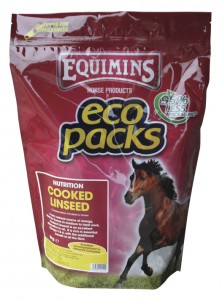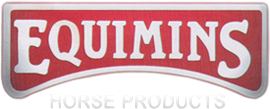How Advance Concentrate Complete works WITH your horse…
We know that horses are ‘designed’ to live on a fibre diet, but with domestication, change in management and different demands on the horse, hard feed was introduced and is now fed by owners all over the world. We’re not saying that there’s  never a need for hard feed. There are some horses that require additional energy sources that can be provided by grain, but what we are saying is that many horses can thrive on fibre diets, when these are fed with a quality feed balancer. Advance Concentrate Complete works with the horse and his systems to support a fibre diet. Below, we’ve put together a quick guide explaining what happens when the horse eats, and how the digestion of fibre and cereals differs.
never a need for hard feed. There are some horses that require additional energy sources that can be provided by grain, but what we are saying is that many horses can thrive on fibre diets, when these are fed with a quality feed balancer. Advance Concentrate Complete works with the horse and his systems to support a fibre diet. Below, we’ve put together a quick guide explaining what happens when the horse eats, and how the digestion of fibre and cereals differs.
Let’s start at the top- the mouth…we all know what happens here- feed gets chewed, mixed with saliva and then passes down the oesophagus into the stomach. BUT, did you know that even at this stage, there’s a huge difference in how the horse handles grain compared with forage? To consume 1kg of hay, the horse will chew 3500-4500 times. To consume the same quantity of cereal, he’ll chew 850 times. The more he chews, the more saliva he produces, and saliva not only helps to lubricate the feed, it also helps to neutralise acid in the stomach…
The stomach is divided into two areas- the frontal zone is where the bacterial fermentation begins, where the sugars and starch start to breakdown. Concentrated feeds are much higher in starch than hay (up to 40% starch in competition mixes compared with 1-3% in hay). When starch is broken down, it produces volatile fatty acids that are absorbed by the cell linings and can cause damage. The food then moves through to the rear of the stomach before entering the small intestine.
In the small intestine, the acidity of the feed has to be neutralised before digestion and absorption can really start. We know that horses are trickle feeders, so giving two large meals a day, as per a cereal diet, doesn’t score points here either as it can’t be digested properly and moves into the hind gut more rapidly than it should do. To compensate, the gut draws fluid from the blood, which can cause a form of dehydration.
When the small intestine can’t ‘deal’ with the cereals fed, they end up in the large intestine, where rapid fermentation occurs. This decreases the pH in the hindgut, which can damage the gut linings due to the entoxins being released by the food and then the toxins being absorbed by the horse.
So, how does Advance Concentrate Complete help? It supports a fibre diet by providing an excellent range of vitamins, trace  elements and bio-available minerals to compensate for the lack of diversity in pasture, to help promote health and condition. It combines these with prebiotics, probiotics and Saccharomyces cerivisae yeast that help the digestion of fibre in the hind gut. If you’re thinking ‘but my horse needs more calories’, we have that covered too! Cooked Linseed and oils like Glow & Shine Omega Oil have high calorific values, but don’t generate the problems that cereals do.
elements and bio-available minerals to compensate for the lack of diversity in pasture, to help promote health and condition. It combines these with prebiotics, probiotics and Saccharomyces cerivisae yeast that help the digestion of fibre in the hind gut. If you’re thinking ‘but my horse needs more calories’, we have that covered too! Cooked Linseed and oils like Glow & Shine Omega Oil have high calorific values, but don’t generate the problems that cereals do.
To find out more about Advance Concentrate Complete, see the website.

 Equimins specialises in producing natural horse supplies, products and supplements for the major areas associated with caring for a horse. All products are proudly made in the UK and excellent specification quality products are of paramount importance. Using this blog we want to share some of the knowledge we have gained through nearly 30 years of experience.
Equimins specialises in producing natural horse supplies, products and supplements for the major areas associated with caring for a horse. All products are proudly made in the UK and excellent specification quality products are of paramount importance. Using this blog we want to share some of the knowledge we have gained through nearly 30 years of experience. 


